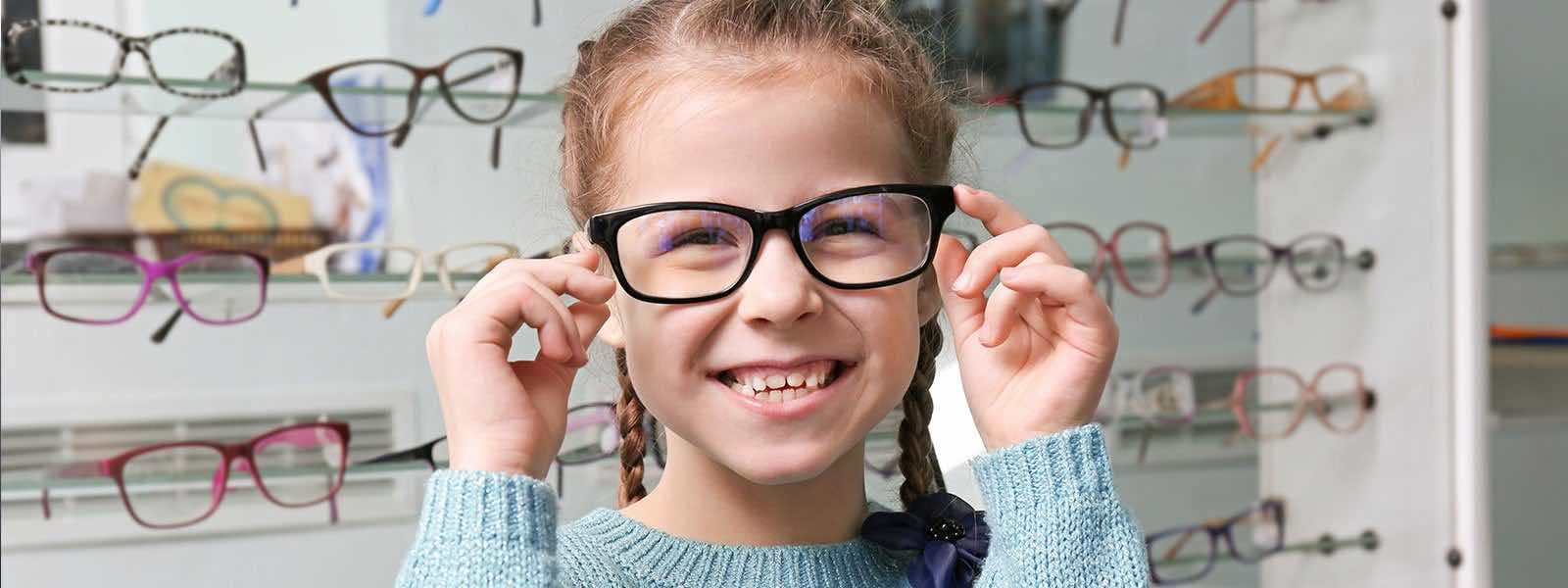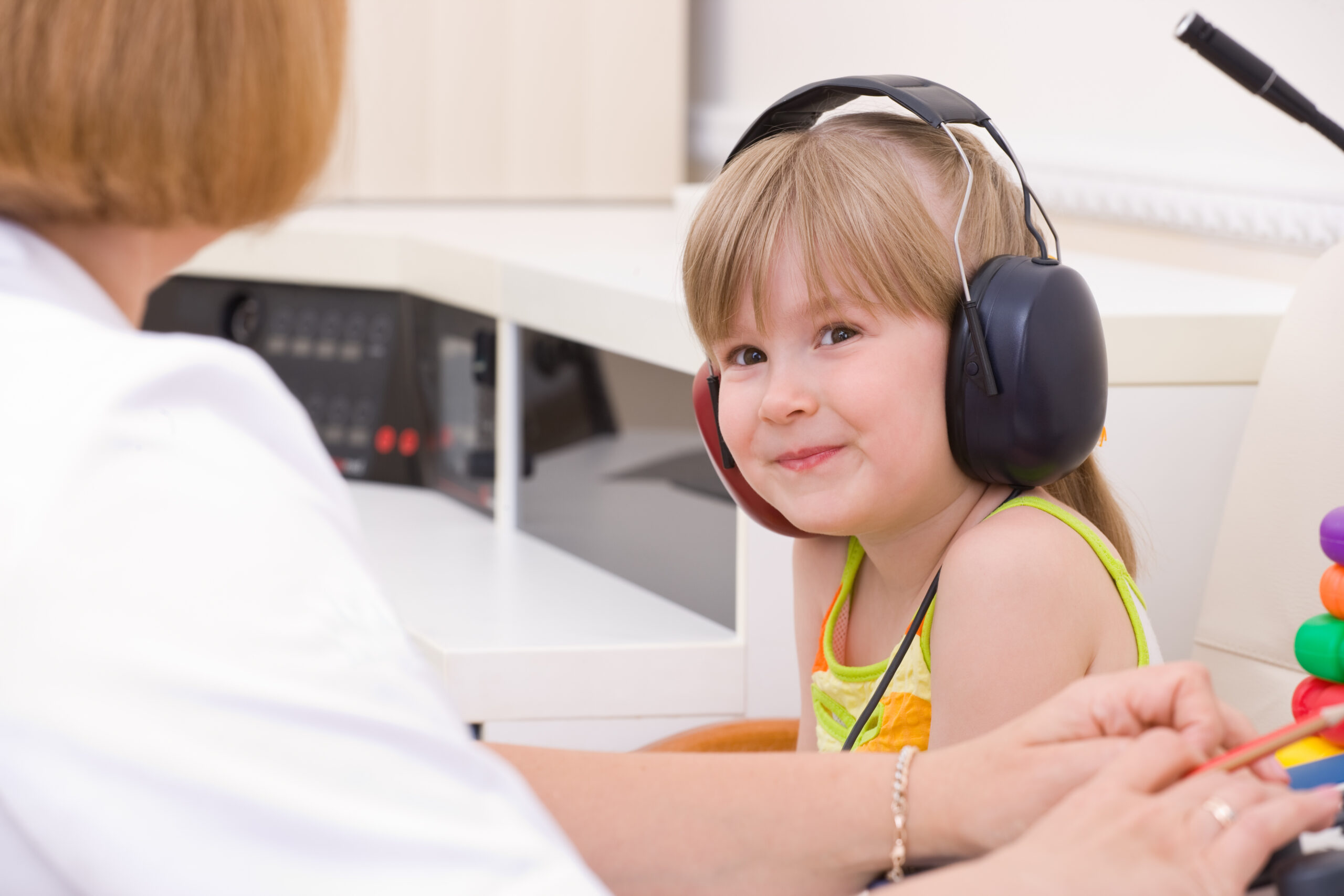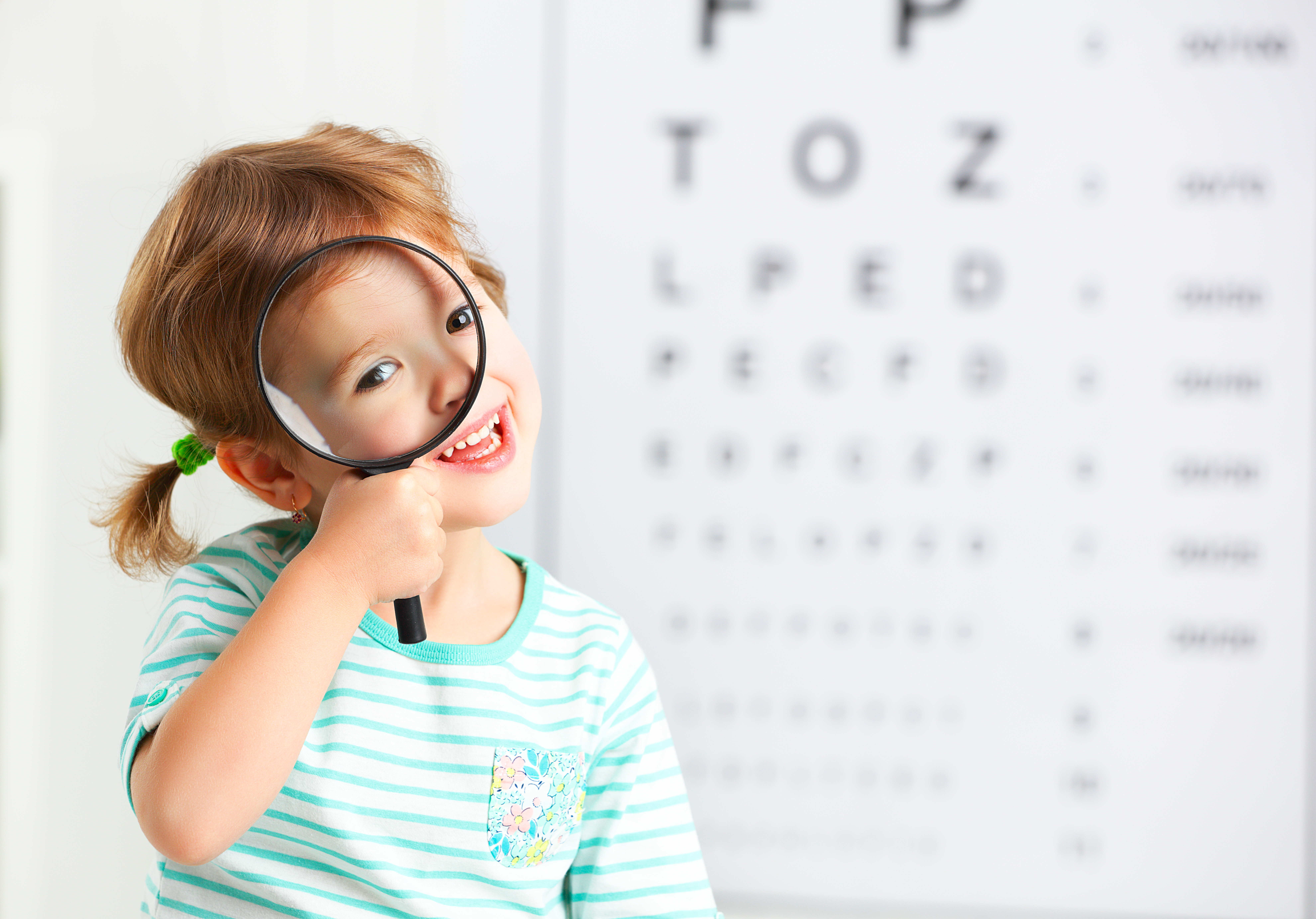How Often Should My Child Have Eye Exams?

Are you starting to wonder when to bring your child in for an eye exam? If you’ve noticed signs that your child might have vision problems, it’s probably time to bring your child in for an eye exam.
Why are eye exams important for kids?
Children’s eye exams are an important part of making sure your child’s eyes are healthy. Eye exams are the only way to detect vision problems that can make performing in school frustrating and impact safety. In order for children to learn, they need to be able to see at different distances.
The eyes must also learn how to work together to see and focus on the world around them. Eye exams look at these different skills in children to make sure they are developing.
An eye exam should only be performed by an optometrist or ophthalmologist. Your pediatrician or family doctor can do a basic exam of your child’s eyes and vision, but it is not a replacement for an eye exam performed by an eye doctor.
What are the signs to look for if your child has vision issues?
Vision issues are not always obvious, especially in children who have a hard time communicating what’s wrong. In some cases, they may be clear if your child was born prematurely. In other cases, you may notice any of the following symptoms:
- Delayed motor development
- Excessive eye rubbing or blinking
- Minimal eye contact
A sure warning sign to watch out for is if they fail any eye exams at school or at the pediatrician.
What conditions are eye doctors looking for?
Your eye doctor will look for many conditions, including:
Amblyopia (lazy eye)
Amblyopia occurs when one eye works better than the other. When left untreated, it can cause vision loss.
Strabismus
Strabismus means that the eyes point in different directions. Even if it occurs sometimes, you should take your child in for an eye exam.
Ptosis
Ptosis means that there is a drooping eyelid blocking your child’s vision. If you notice that one eyelid droops or that they are uneven, you should talk to a doctor.
Myopia (nearsightedness)
Myopia or nearsightedness affects how you see objects nearby. Being nearsighted means you can only see objects that are nearby clearly. If your child squints or cannot see the board at school, you should book an eye exam.
When should you bring your child in for an eye exam?
You should bring your child in for their first comprehensive eye exam at about 6 months old. The next exam should be at age 3. If everything looks good, the next exam should be around when they start 1st grade (ages 5 or 6).
If they do not need their vision corrected, kids in school should have eye exams every two years or so. If your child needs glasses or contact lenses, bring your child in for eye exams every year. Your eye doctor may recommend coming in more frequently.


